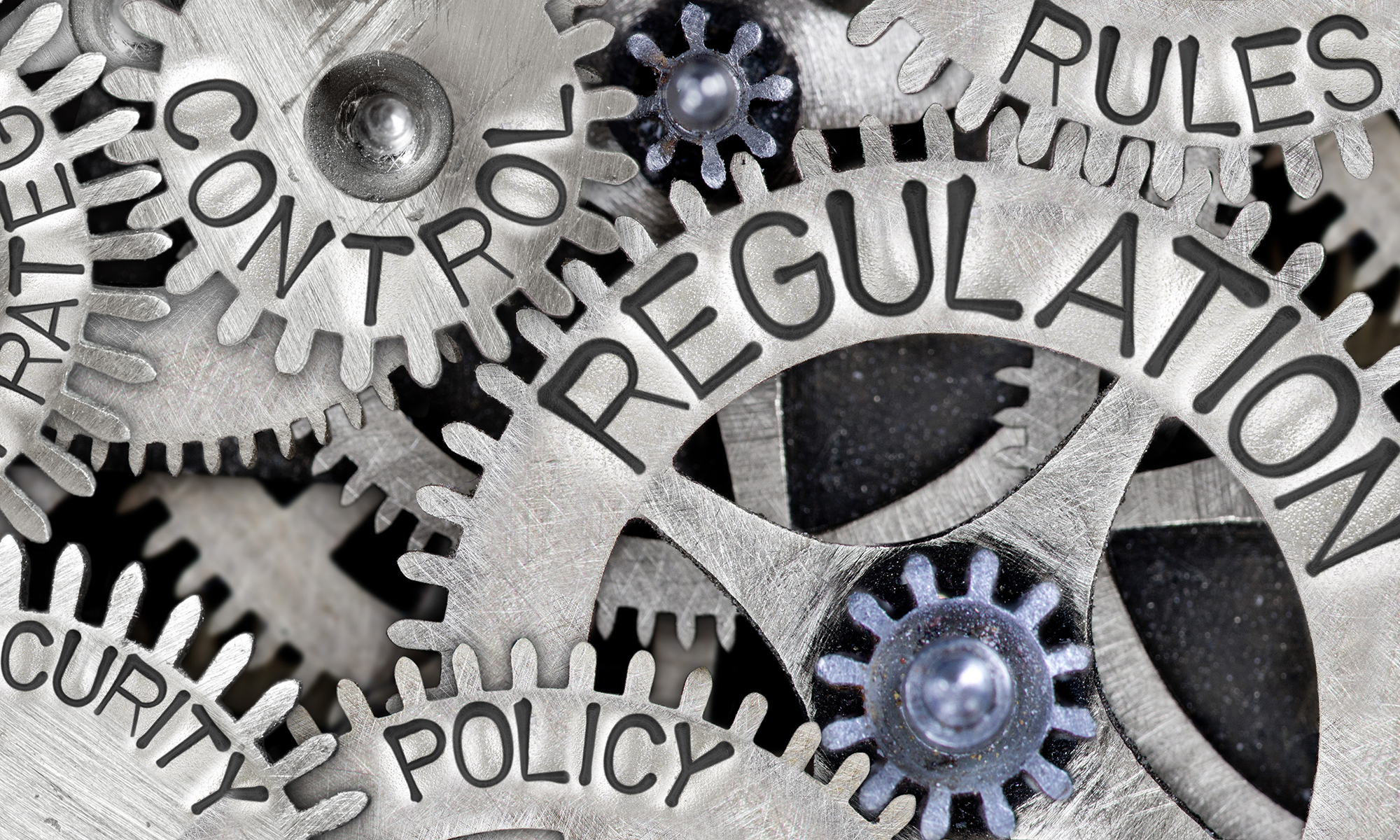On July 28, 2021, a federal district court in Massachusetts issued a decision in Victim Rights Law Center et al. v. Cardona, No. 1:20-cv-11104, 2021 WL 3185743 (D. Mass. July 28, 2021). This case was brought by organizations and individuals challenging the 2020 amendments to the Title IX regulations.
Most of the amendments plaintiffs challenged were upheld by the Court. However, the Court determined that one part of 34 C.F.R. § 106.45(b)(6)(i) (live hearing requirement at postsecondary institutions) was arbitrary and capricious. Therefore, the Court vacated the part of the provision that prohibits a decision-maker from relying on statements not subject to cross-examination at the live hearing.
On August 24, 2021, the Department issued guidance stating that it would immediately cease enforcement of 34 C.F.R. § 106.45(b)(6)(i) regarding the prohibition against statements not subject to cross-examination. The Department’s non-enforcement position allows for decision-makers at postsecondary institutions to now consider statements made by the parties and witnesses during the investigation regardless of whether they submit to cross-examination at the live hearing. Institutions may now consider emails or text exchanges between the parties leading up to the alleged sexual harassment and statements about the alleged sexual harassment that satisfy the regulation’s relevance rules without submitting to cross-examination. A decision-maker at a postsecondary institution may also consider police reports, Sexual Assault Nurse Examiner documents, medical reports, and other documents even if those documents contain statements of a party or witness who is not cross-examined at the live hearing.
The Department’s resources will be updated to reflect the Court’s decision.
